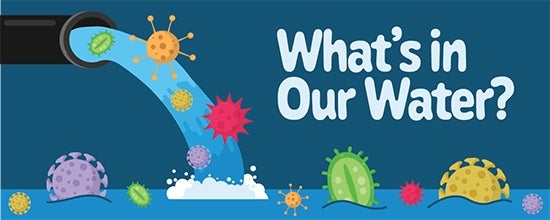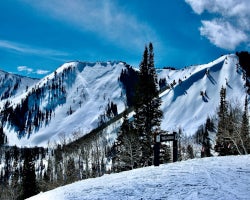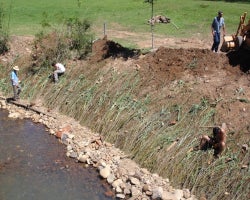show/hide words to know
Career Path for Kerry Hamilton
Fast Facts:
- Number of years in school: 23
- Favorite class / subject: Biology
- Hardest class / subject: Organic Chemistry
- First Job: Ski instructor
- Dream job as a kid: Marine biologist
- One word you would use to describe your current job: Exciting
Waiting on the side of a mountain with her feet strapped into some skis, Kerry Hamilton peers down at the slope below her. Her breath condenses before her as she considers her route. From up here she can see the many paths available to her. Perhaps she should tackle the difficult trail. Or maybe she can switch routes as she moves down the mountain. She knows that the journey may not go as expected, but she will see where it takes her.
Much like skiing down a mountain, the path to Hamilton’s current position as an environmental engineer was not a straight line. She first started her academic career studying public health with a focus on water quality. Her research took her across the world to countries such as Tanzania, Australia, and Brazil. It also led her to work in different types of places, from universities to the government, with the United States Environmental Protection Agency (EPA). During this time, she honed her research skills while interacting with unique water systems. It was when she started her Ph.D. that she made the jump to her current field of environmental engineering.
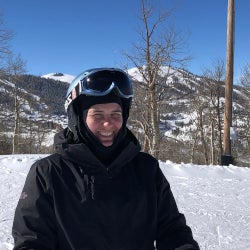
Kerry Hamilton is an avid skier. Image credit Kerry Hamilton.
Making the jump from health sciences to engineering had some challenges at first. While she was still studying water systems, there were some new things she had to learn. One of the most daunting things was learning the types of math and methods engineers use. While it seemed like more than she could manage at first, with the help of some mentors she was able to get through the difficult parts. She’s glad she made the switch though.
To Hamilton, thinking as an engineer is great for complex systems like water. “Engineers have a really interesting way of thinking about problems. Sort of breaking things down into smaller pieces and then figuring out what will be the best thing to do.” It’s kind of like skiing down a hill and taking one obstacle at a time. Once you understand all of the small pieces, the whole trail makes a lot more sense.
In 2018 Hamilton joined ASU in the School of Sustainable Engineering. One of the things that drew her here was the chance to work with many different scientists. To study water microbes, she works with people in agriculture, chemistry, and more. And her work is not just limited to Arizona. She works with labs in Australia, Canada, South Africa, and the Netherlands. Hamilton emphasizes that being a part of a team is key to doing good science. She knows that no one path or solution will work for every community.
View Citation
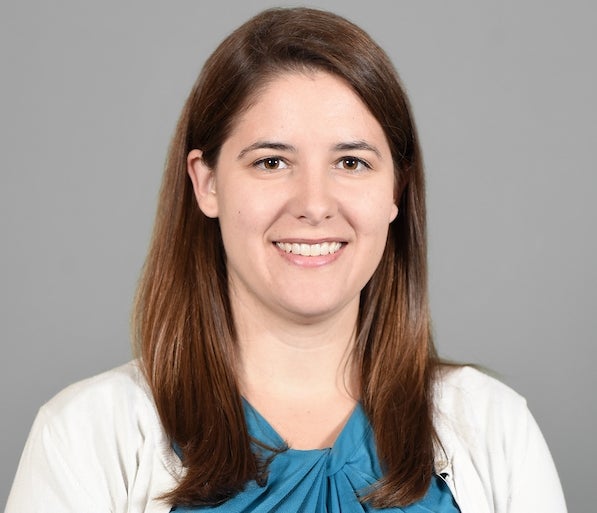
Kerry Hamilton studies how bacteria grow in our water and how to effectively stop them.
Be Part of
Ask A Biologist
By volunteering, or simply sending us feedback on the site. Scientists, teachers, writers, illustrators, and translators are all important to the program. If you are interested in helping with the website we have a Volunteers page to get the process started.







